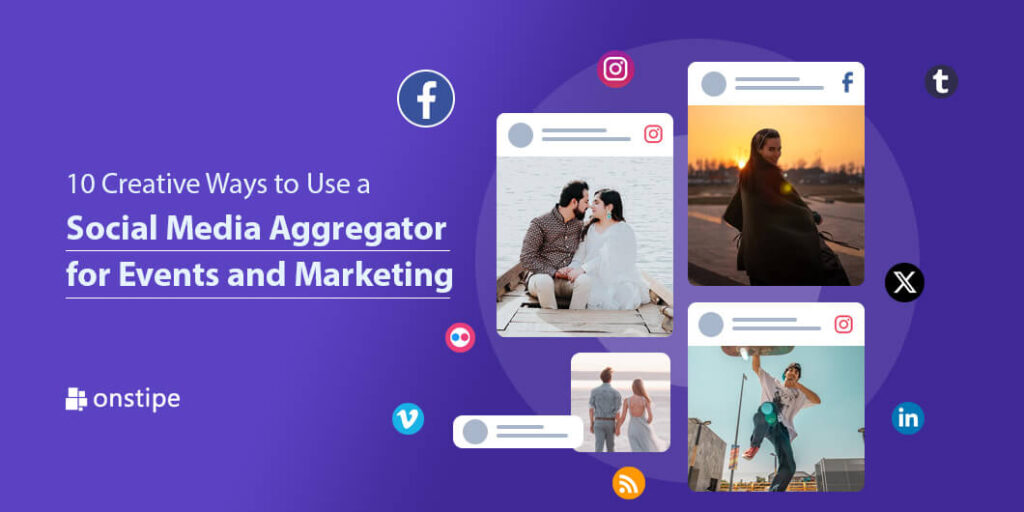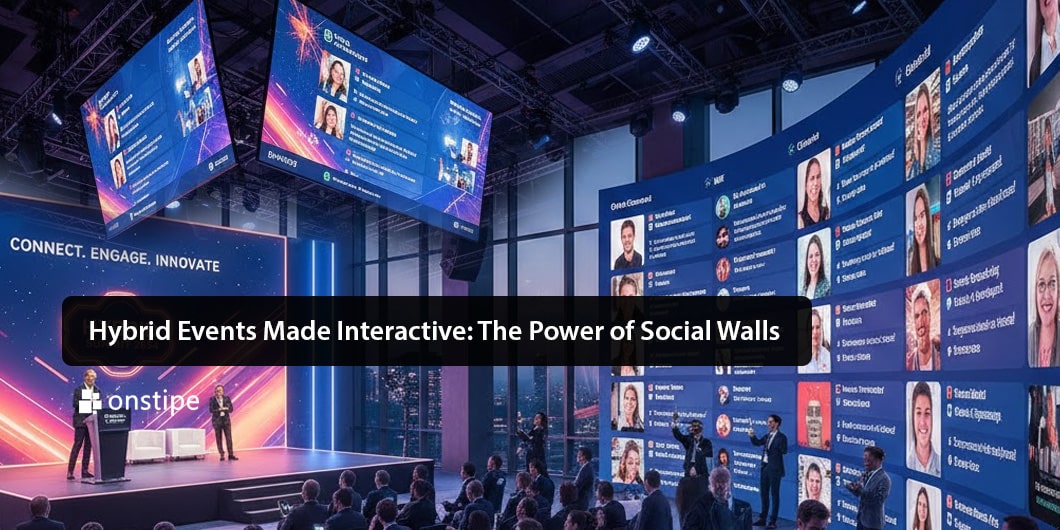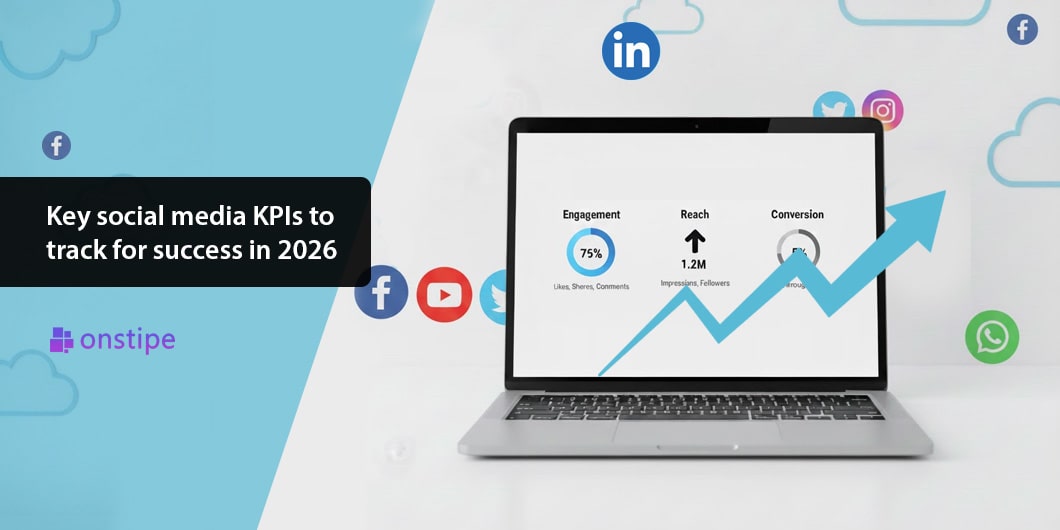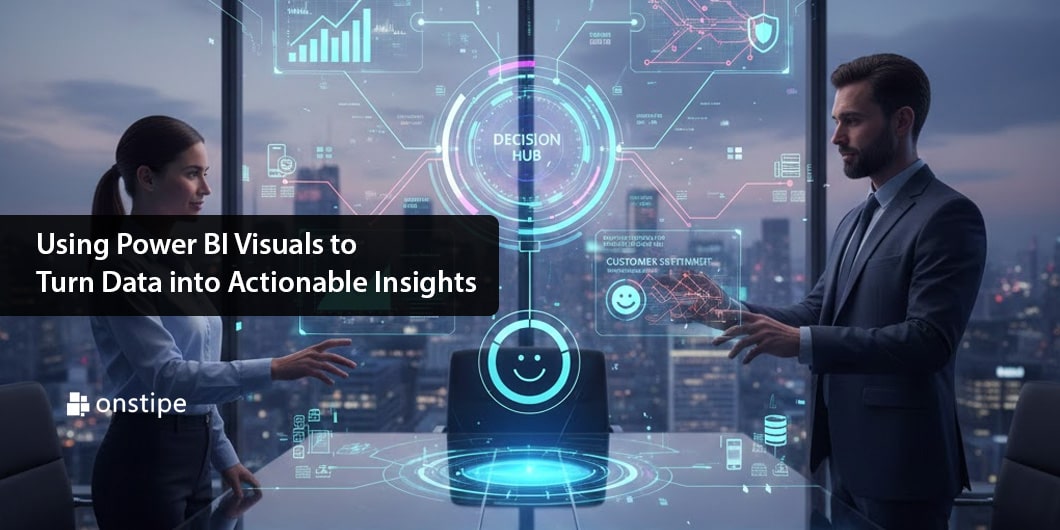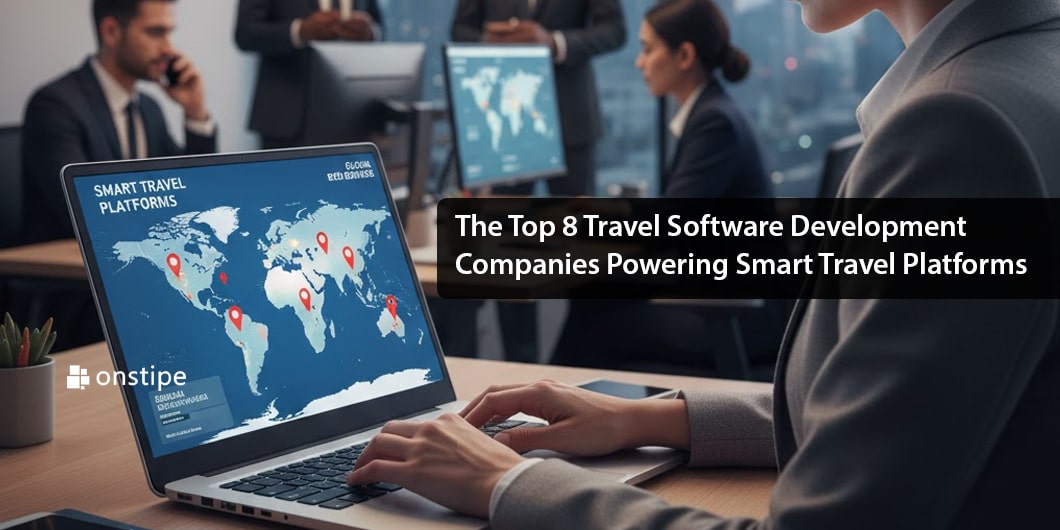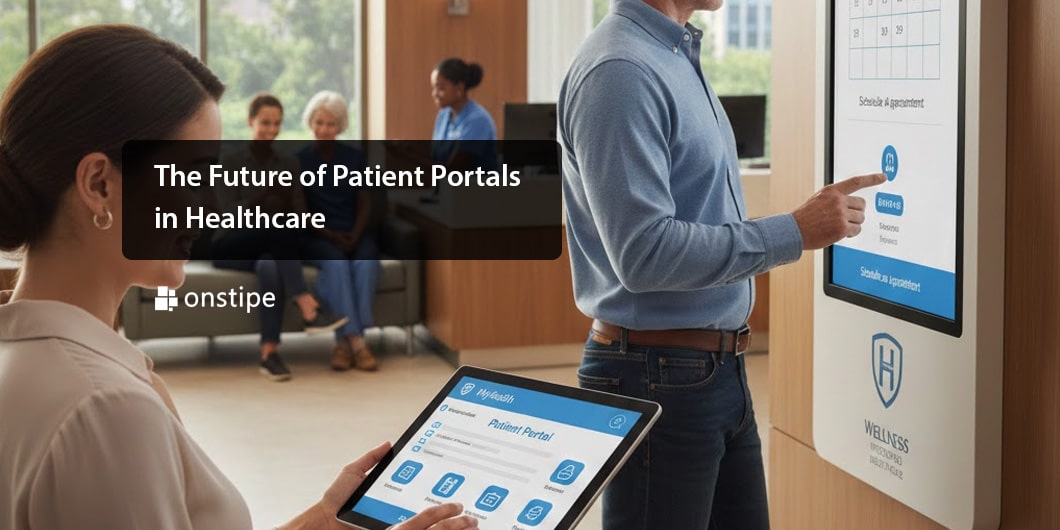In the fast-paced digital age, social media aggregation has become a cornerstone for enhancing marketing strategies and creating memorable event experiences. A social media aggregator is a tool that collects and curates content from multiple platforms—like Instagram, Facebook, YouTube, X (formerly Twitter), and LinkedIn—and showcases it in one unified feed.
Marketers, event planners, and brands are discovering that these tools do far more than just compile posts. When used creatively, social media aggregators can transform passive audiences into active participants, generate authentic buzz, and drive measurable business outcomes.
In this article, we’ll explore 10 creative ways to use a social media aggregator for events and marketing in 2025. Whether you’re hosting a product launch, managing a conference, or running a brand campaign, these ideas will help you maximize engagement and ROI.
1. Create a Real-Time Event Social Wall
Few things energize an event like seeing your own posts on the big screen. A social wall—powered by an aggregator—lets you collect attendee posts in real-time and display them on event screens, websites, or apps.
How it works:
- Encourage attendees to post on social media using your event hashtag.
- The aggregator pulls all these posts into a live, moderated feed.
- Display the feed on large screens at the venue, giving attendees instant recognition.
Why it works:
- Boosts audience participation—people love the chance to be featured.
- Creates a sense of community and shared excitement.
- Generates organic, event-specific user-generated content (UGC) for post-event marketing.
Imagine a tech conference where developers share insights on X or Instagram, and their posts immediately flash on stage screens. This creates FOMO (fear of missing out) for those not attending and motivates future registrations.
2. Showcase User-Generated Content on Websites
Marketing thrives on authenticity, and nothing is more powerful than UGC. A social media aggregator allows you to embed a curated UGC feed directly on your website.
Examples:
- A fashion retailer showcases customer outfit photos from Instagram.
- A travel agency displays real vacation photos tagged with their campaign hashtag.
- A restaurant features diner reviews, photos, and check-ins on its homepage.
Benefits:
- Builds trust—seeing real customers increases credibility.
- Influences buying decisions with relatable content.
- Provides fresh website content without extra content creation costs.
By turning customer posts into visual testimonials, brands transform their websites into dynamic storytelling platforms.
3. Run Hashtag Campaigns That Drive Buzz
Hashtag campaigns are a tried-and-tested way to boost awareness. Pairing them with a social media aggregator takes them to the next level.
How to do it:
- Launch a campaign hashtag (e.g., #MyBrandExperience).
- Encourage users to share stories, photos, or reviews under that hashtag.
- Use the aggregator to collect, filter, and display those posts on a campaign microsite or social wall.
Why it’s effective:
- Encourages audience creativity and participation.
- Consolidates scattered content into one hub for easy viewing.
- Creates social proof by showing how many people are engaging.
Hashtag campaigns amplified through aggregation often go viral, spreading brand awareness beyond immediate followers.
4. Power Virtual and Hybrid Events
Post-pandemic, virtual and hybrid events remain a big part of marketing strategies. Aggregators make them more engaging by unifying the audience’s social conversations.
Practical uses:
- Embed a social feed in the event platform’s lobby.
- Create an interactive sidebar where remote participants can see live tweets, comments, and photos.
- Use aggregated feeds as icebreakers in networking sessions.
Outcome:
This helps virtual attendees feel as connected as those in the physical venue, fostering inclusivity and interaction across geographies.
5. Drive E-commerce Sales with Shoppable Feeds
For retail and e-commerce brands, social aggregation doesn’t stop at showcasing UGC—it can directly drive conversions through shoppable feeds.
How it works:
- Aggregate Instagram posts where customers showcase your products.
- Tag products within each post so users can click and purchase instantly.
- Embed the feed on product pages, homepages, or campaign landing pages.
Benefits:
- Reduces buyer hesitation with real-life product validation.
- Creates a seamless journey from inspiration to purchase.
- Boosts conversions—studies show shoppable UGC can lift sales by up to 20–30%.
For example, a skincare brand could showcase Instagram posts of customers using their moisturizer, with a “Shop Now” button directly beneath each photo.
6. Amplify Brand Activations and Pop-Ups
Brand activations—like pop-up stores, product demos, or experiential campaigns—are designed to create buzz. Social media aggregation can extend that buzz beyond the physical location.
Ideas:
- Display a social wall in the activation zone showing live customer posts.
- Create a branded microsite featuring all activation content.
- Encourage users to tag their content for a chance to win prizes, with winners announced via the live feed.
By aggregating event-generated posts, you give activations a digital life that reaches thousands more online.
7. Use Aggregation for Influencer Campaigns
Influencer marketing is booming, but keeping track of influencer content across platforms can be challenging. A social aggregator centralizes it.
Execution:
- Collect all influencer posts tagged with your campaign hashtag.
- Create a branded hub showcasing influencer + user posts side by side.
- Share the feed with audiences as proof of campaign momentum.
Why it’s smart:
- Simplifies influencer campaign monitoring.
- Provides a single destination for all influencer-driven buzz.
- Builds credibility when audiences see influencers and fans aligned.
For instance, during a new sneaker launch, you could display influencer reviews, photos, and unboxing videos alongside UGC—creating a 360° social proof hub.
8. Enhance Corporate Communications and Internal Events
Social aggregation isn’t limited to consumer marketing—it’s equally effective in corporate settings.
Applications:
- Display employee posts during company town halls, retreats, or conferences.
- Aggregate LinkedIn posts celebrating promotions, achievements, and milestones.
- Use social walls in offices to highlight company culture in real-time.
Impact:
This strengthens internal engagement, showcases organizational culture, and promotes transparency. Employees feel more valued when their voices are featured publicly.
9. Boost Fundraising and Nonprofit Campaigns
For nonprofits, storytelling and visibility are crucial. Aggregators amplify fundraising campaigns by pulling together donor stories, volunteer photos, and campaign progress updates.
Creative uses:
- A charity marathon aggregates runners’ social posts in real-time.
- A nonprofit fundraiser displays donor thank-you messages on a campaign microsite.
- A disaster-relief effort showcases volunteer updates to encourage more support.
This approach builds trust, credibility, and urgency—helping nonprofits connect emotionally with supporters.
10. Leverage Aggregation for Customer Feedback and Social Listening
Lastly, aggregators like Onstipe are not just about displaying content—they’re powerful listening tools.
How to use it:
- Collect customer feedback from social media in one dashboard.
- Display curated testimonials or reviews on your site.
- Track trending mentions of your brand during campaigns.
Result:
You gain actionable insights into audience sentiment, identify opportunities for improvement, and build transparency by featuring real customer voices.
For example, a SaaS brand could aggregate tweets about their new feature launch and display positive feedback on their website—instantly building confidence among prospects.
Key Best Practices When Using Social Media Aggregators
To maximize results, keep these principles in mind:
- Moderation matters – Always filter posts to ensure only brand-safe, relevant content is displayed.
- Design with purpose – Customize feeds to match your brand’s look and feel.
- Promote participation – Announce hashtags, encourage posting, and offer incentives.
- Measure performance – Use built-in analytics to track engagement, reach, and conversions.
- Stay compliant – Respect content rights and ensure you have permission to use UGC commercially.
Conclusion
Social media aggregators have evolved from simple feed collectors to powerful marketing and engagement engines. From energizing events with real-time social walls to driving conversions through shoppable UGC, the creative possibilities are endless.
Incorporating these 10 creative strategies into your event and marketing plans ensures you not only capture attention but also build trust, community, and measurable business results.
As 2025 unfolds, the most successful brands will be those who recognize the value of social voices—not just on social platforms, but integrated into every digital touchpoint.
So, whether you’re planning your next big event, launching a product, or running a marketing campaign, remember: aggregation is more than curation—it’s amplification.

